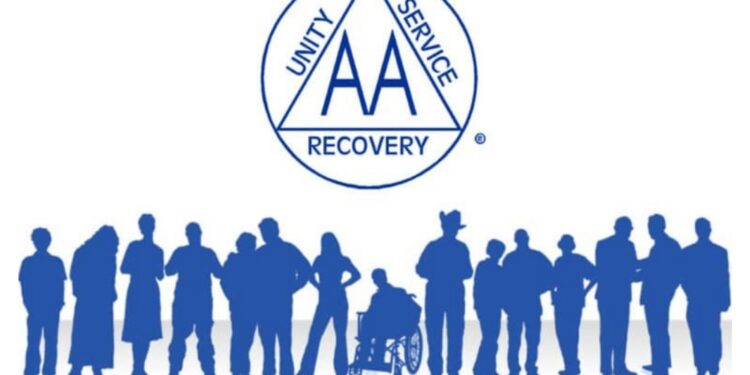On 10 June 1935, in a modest home in Akron, Ohio, two strangers sat down for a conversation that would change millions of lives. Bill Wilson, a New York stockbroker, and Dr Bob Smith, a local surgeon, were both battling the same demon: alcoholism. Neither could have imagined that their meeting would birth Alcoholics Anonymous, the world’s most enduring addiction recovery movement.
The unlikely partnership
Wilson had recently achieved sobriety through what he described as a spiritual awakening. Whilst on a business trip to Akron, he found himself desperately craving alcohol. Instead of seeking a drink, he made an extraordinary decision – he would seek out another alcoholic to help. Through mutual acquaintances, he was introduced to Dr Smith, whose drinking problem was destroying both his medical career and family life.
Their first conversation lasted hours. Wilson shared his story of recovery and his revolutionary belief that alcoholics could help each other through shared experience. This was radical thinking in 1935, when alcoholism was viewed as a moral failing rather than a medical condition.
The last drink
Dr Smith was initially sceptical but intrigued. After several days of working with Wilson, he attended a medical conference where he consumed several beers to steady his nerves before performing surgery. This became his final alcoholic drink, marking 10 June 1935 as the official founding date of Alcoholics Anonymous.
Building the foundation
From this humble beginning, Wilson and Dr Smith developed the core principles that would define AA. They believed that alcoholics helping other alcoholics was essential to recovery, that spiritual awakening was crucial, and that personal honesty and making amends were vital steps in the healing process.
The concept was simple yet revolutionary: one alcoholic talking to another alcoholic. At a time when society scorned alcoholics as weak-willed individuals, AA proposed that alcoholism was a progressive disease requiring treatment and ongoing support, not punishment.
Growing the movement
The organisation grew slowly at first. Wilson returned to New York whilst Dr Smith remained in Akron, each working with other alcoholics in their respective cities. By 1939, approximately 100 members were spread across several groups – enough to warrant publication of their foundational text, “Alcoholics Anonymous,” which became known as the “Big Book.”
Lasting impact
What began as a desperate conversation between two men has evolved into a worldwide fellowship with over two million members across 180 countries. The twelve-step programme they developed has been adapted for numerous other addictions and compulsive behaviours.
AA’s founding marked a turning point in addiction treatment, introducing concepts now standard in modern medicine: peer support as therapy, the importance of spiritual healing alongside physical recovery, and understanding that recovery is an ongoing process rather than a one-time cure.
The legacy continues
Today, the simple idea that emerged from that June afternoon in Akron continues to save lives daily. The meeting between Bill Wilson and Dr Bob Smith proved that sometimes the most profound changes begin with the simplest human connections. Their legacy demonstrates that even in our darkest moments, hope can emerge when we reach out to help another person facing the same struggles.
The revolutionary approach born on 10 June 1935 remains as relevant today as it was nearly nine decades ago.
newshub finance



Recent Comments